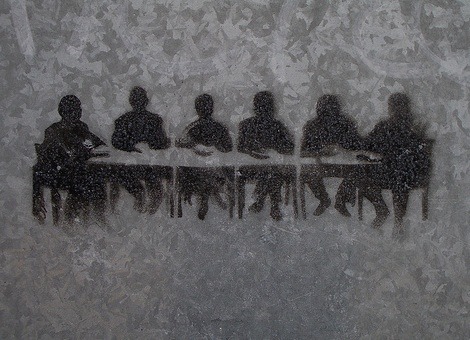At the design firm IDEO, you have to be cooperative or you won’t survive.
Engineer and designer Jimmy Chion, for example, spent his first few months at IDEO going from designing “futuristic interactions inside a car to working at a handbag manufacturer to make a purse for London Fashion Week.”
Who you work with changes all the time as well. While teams generally exist for a few months, you could be together for as little as two weeks or as long as a year, depending on the project. To add to the flux, as Jimmy told me, “every team basically starts from scratch every single time,” collectively deciding what tools and processes to use.
Creativity is a quality mostly equated with individuality. Yet IDEO has to constantly corral extremely creative people into shifting configurations to deal with different clients and projects. “Everyone here is really versatile in the way they work. You have to be — you’re not on any same project twice,” explains Jimmy. Everyone at IDEO can work with everybody else at IDEO, which is the cool part.”
Understandably, that means they’re not looking for lone creative geniuses at IDEO. Instead, what one of the most creative companies in the world hires for is the ability to collaborate.

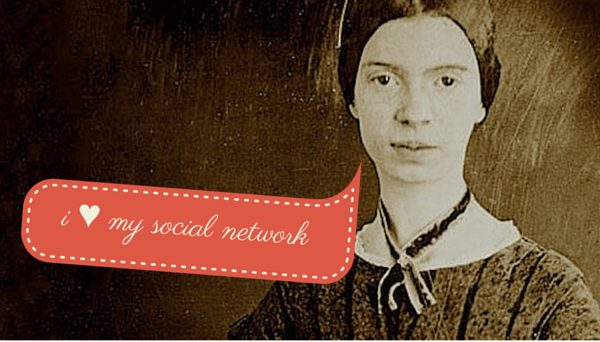

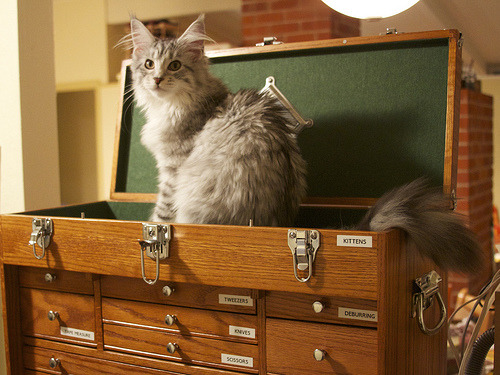
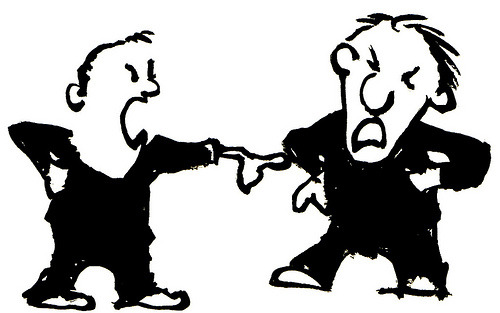

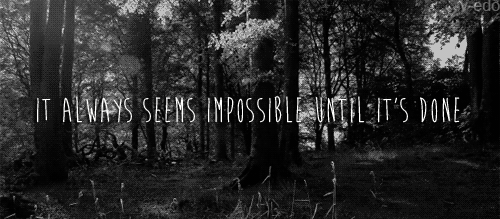
 Dundee’s Tip of the Week: Find out how to feed what you get done in Trello, Evernote, Github, and Google Calendar to
Dundee’s Tip of the Week: Find out how to feed what you get done in Trello, Evernote, Github, and Google Calendar to 

